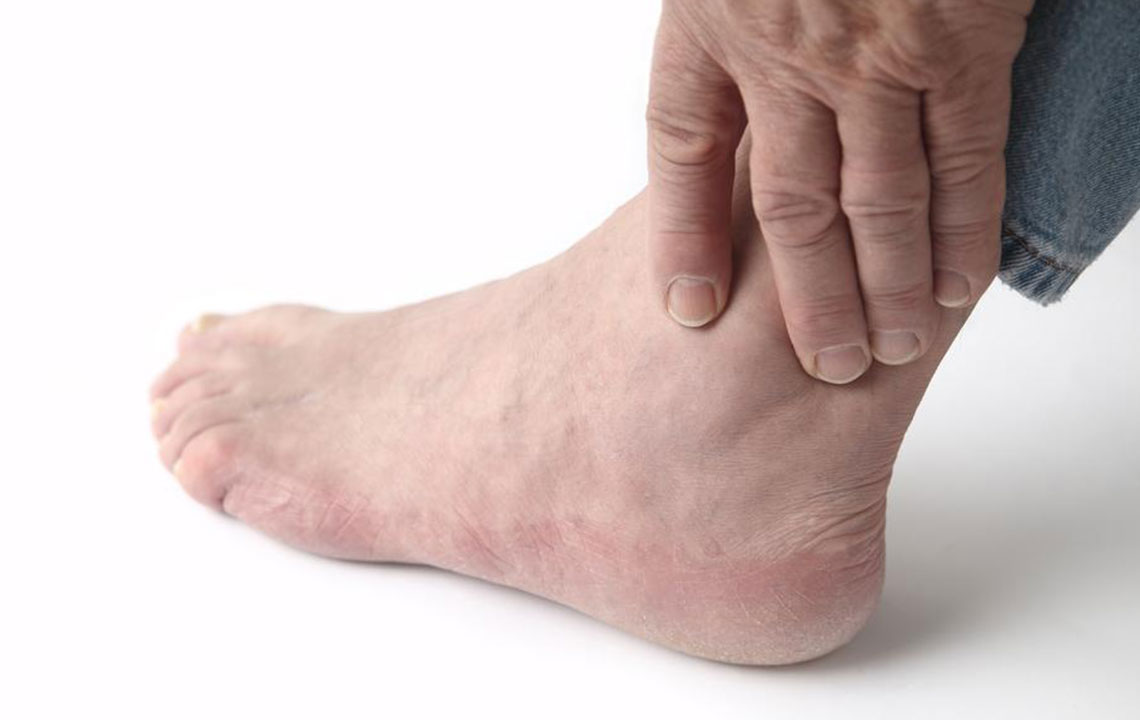Comprehensive Guide to Tension Headaches: Recognizing Symptoms and Effective Home Relief Methods
Tension headaches are a widespread issue that can significantly impact daily life. Understanding their symptoms and employing home remedies such as rest, massage, warm compresses, relaxation techniques, and lifestyle adjustments can provide effective relief. Early recognition and management are essential to prevent frequent or chronic cases. This comprehensive guide offers insights into the types, symptoms, causes, and practical strategies to ease tension headaches and improve overall health. Consulting healthcare professionals remains crucial for persistent or severe cases to ensure proper diagnosis and treatment.

Headaches are a prevalent health concern affecting millions worldwide. In recent years, the increase in screen time due to digital devices, combined with modern lifestyle stressors, has led to a surge in headache cases. While many individuals tend to ignore headaches or reach for over-the-counter painkillers as a quick fix, understanding the underlying causes and symptoms is vital for effective management and prevention. Headaches are ranked as the second most common chronic pain condition, trailing only behind back pain, underscoring their impact on daily life and well-being. They can stem from various factors, such as stress, poor posture, dehydration, sleep disturbances, and underlying medical conditions.
Within the broad spectrum of headaches, tension headaches are among the most frequent types encountered by both medical practitioners and individuals. These headaches typically manifest as a dull, aching pain around the forehead, temples, or the back of the neck. Often characterized by a tight, pressing sensation, they can significantly impair concentration and daily activities. Recognizing the symptoms promptly allows for timely intervention and may prevent the condition from worsening into chronic issues.
Understanding the classification of tension headaches is crucial. They are generally categorized into two types: episodic tension headaches and chronic tension headaches. Episodic tension headaches occur intermittently, usually lasting from 30 minutes to a few hours, and can be triggered by factors such as stress, fatigue, or emotional strain. Chronic tension headaches occur more frequently, occurring on more than 15 days per month over at least three months. This form can substantially reduce quality of life and requires a more comprehensive approach to management.
The symptoms of tension headaches are usually straightforward but require attention. Common signs include a persistent dull ache, a feeling of tightness or pressure around the forehead or back of the head, sensitivity to light or sound, and sometimes neck or shoulder muscle tension. Unlike migraines, tension headaches typically do not cause nausea or visual disturbances, but they can still be debilitating, especially if they become persistent or severe.
Although the cause of tension headaches is multifaceted, muscle tightness plays a pivotal role. Prolonged periods of stress, poor posture, or repetitive movements can cause neck, shoulder, and scalp muscles to tighten, leading to the characteristic pain. In addition, lifestyle factors such as inadequate sleep, dehydration, poor diet, or excessive caffeine intake may contribute to the frequency and severity of these headaches.
Fortunately, many home remedies and lifestyle adjustments can serve as effective strategies to alleviate tension headache symptoms and prevent future episodes. Rest and adequate sleep are foundational; ensuring enough restorative sleep helps reduce stress and muscle tension. Gentle massage techniques focusing on the neck, shoulders, and scalp can release muscle knots and improve circulation. Applying warm compresses or heating pads to the neck or forehead can relax tight muscles and ease pain.
Relaxation techniques are also highly beneficial. Practices such as deep breathing exercises, meditation, yoga, or progressive muscle relaxation can help manage stress levels, which directly influences headache frequency. Maintaining good posture during daily activities, especially when working at a computer or using mobile devices, is critical to prevent muscle strain. Ergonomic adjustments to your workspace, such as an appropriate chair height and monitor positioning, can significantly reduce tension in neck and shoulder muscles.
Hydration is a simple yet often overlooked strategy for headache prevention. Drinking sufficient water throughout the day helps maintain proper hydration, reducing the likelihood of dehydration-induced headaches. Additionally, managing diet by limiting caffeine and avoiding skipped meals can help stabilize blood sugar levels and reduce headache triggers.
In cases where headaches become frequent, severe, or persistent despite home remedies, consulting a healthcare professional is essential. They can accurately diagnose the underlying causes, rule out other medical conditions, and recommend targeted treatments which may include prescribed medications, physical therapy, or other interventions.
In summary, tension headaches are common but manageable through awareness and simple lifestyle changes. Recognizing symptoms early, adopting relaxation techniques, maintaining good posture, staying hydrated, and managing stress are key strategies to soothe discomfort and enhance overall well-being. Remember, persistent or worsening headaches warrant professional medical evaluation to ensure proper diagnosis and treatment, safeguarding long-term health and quality of life.





